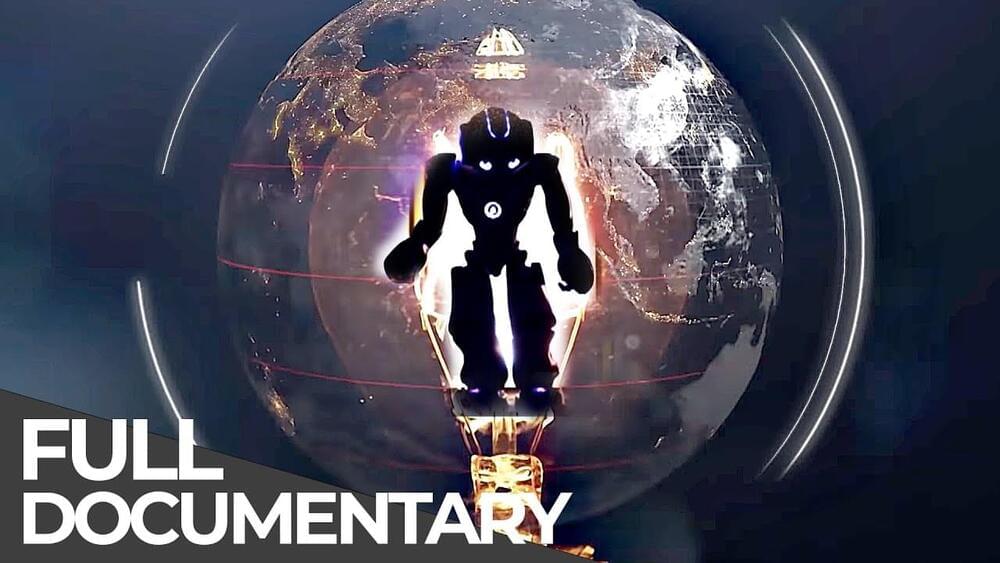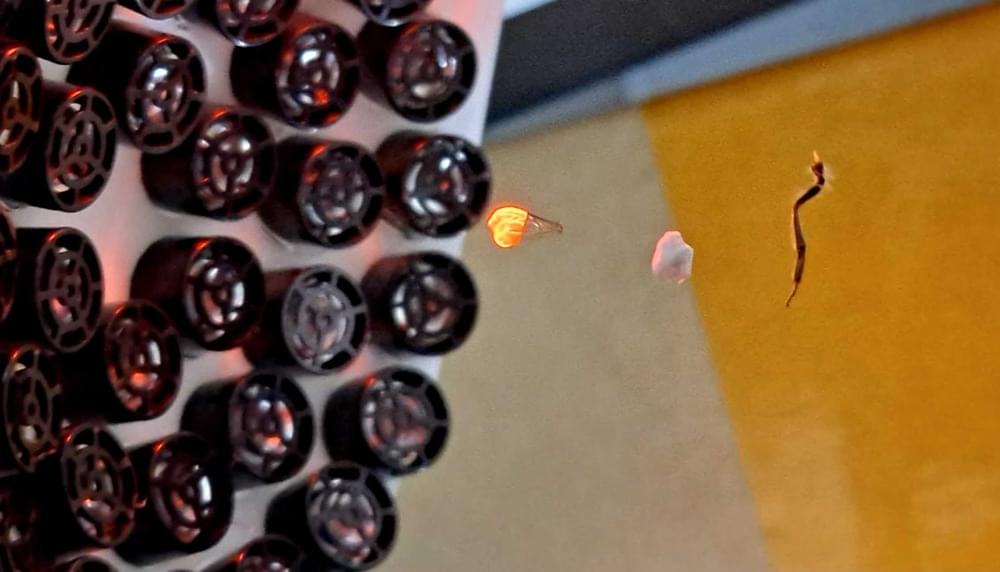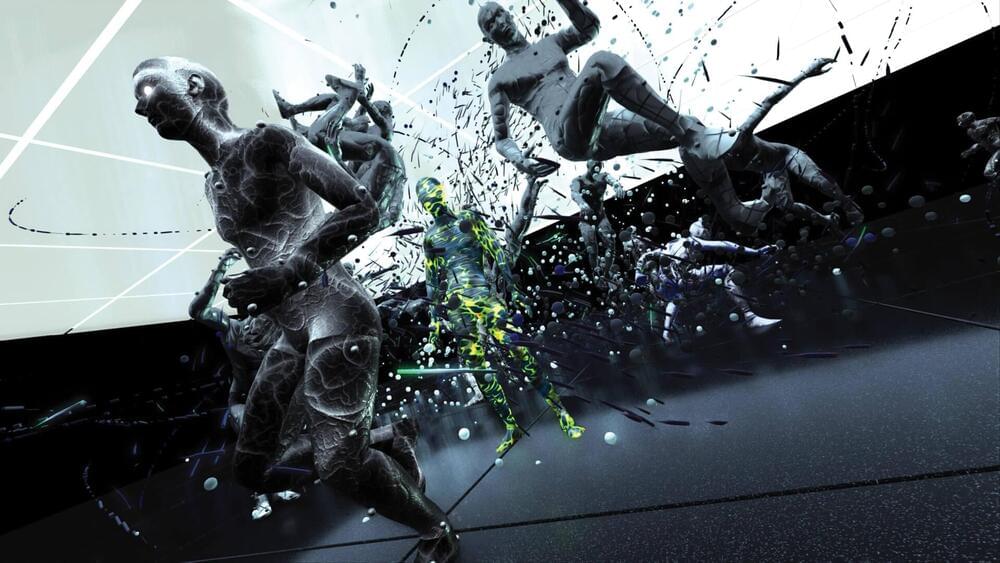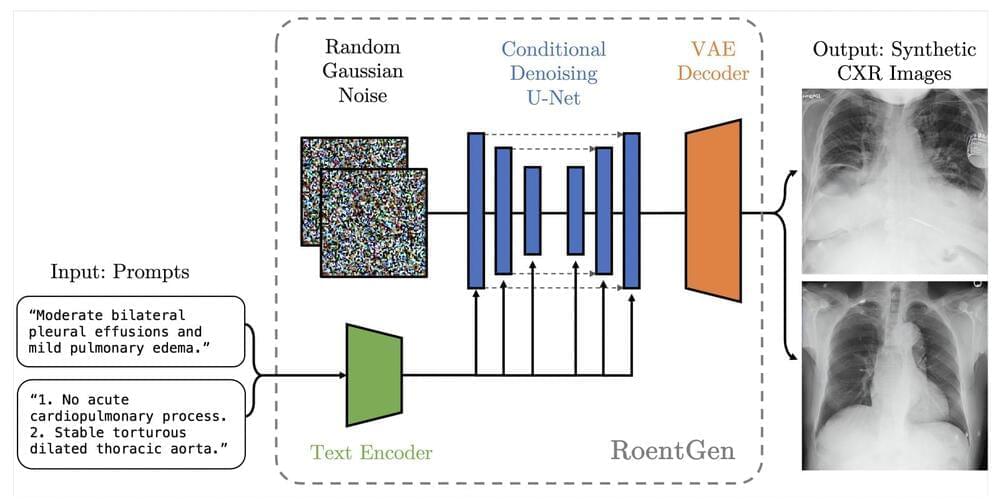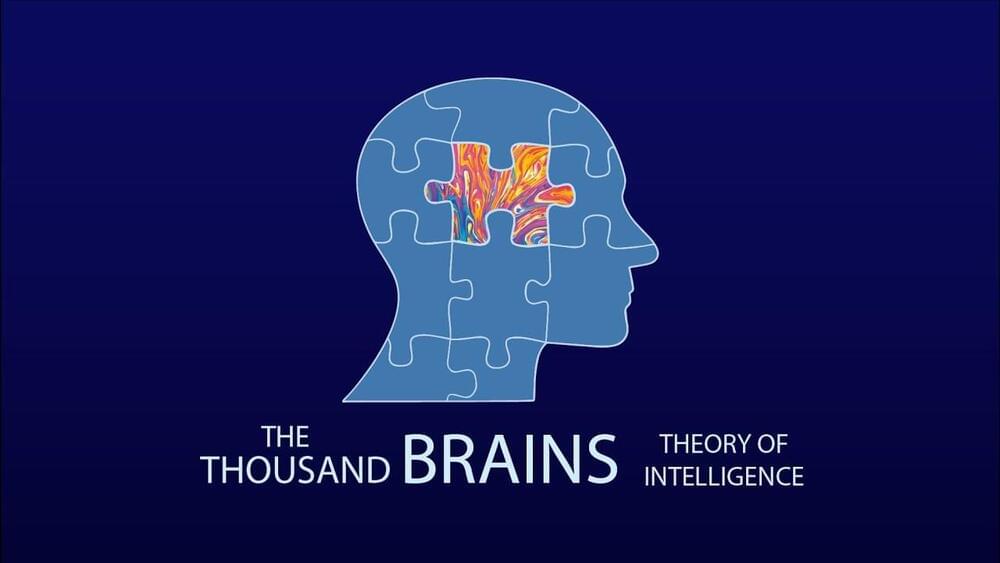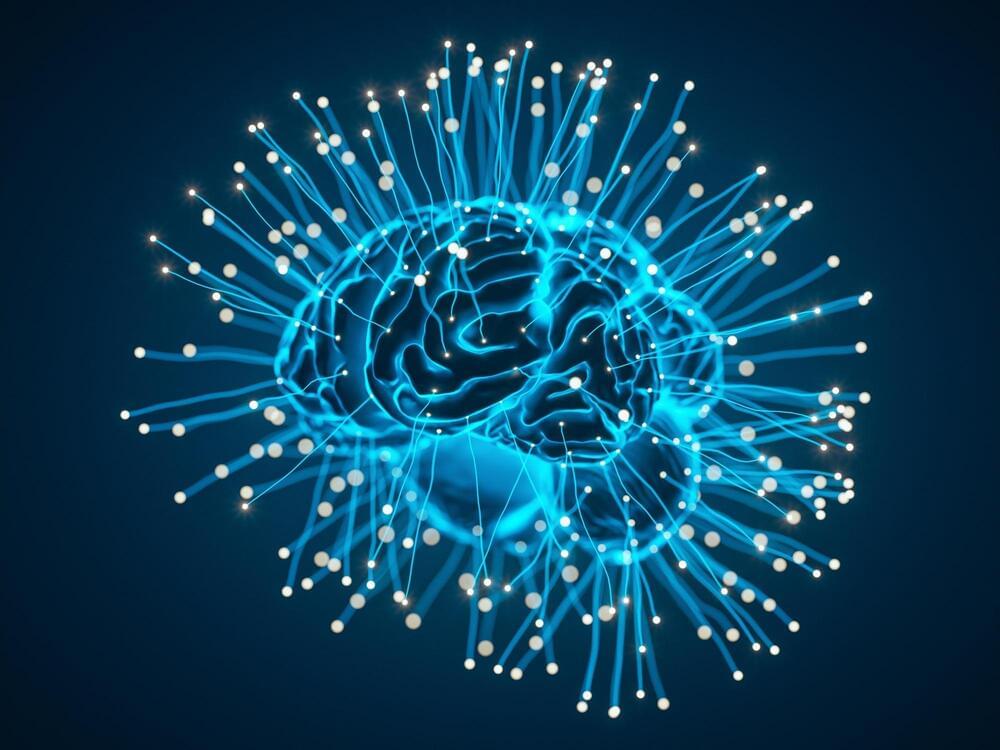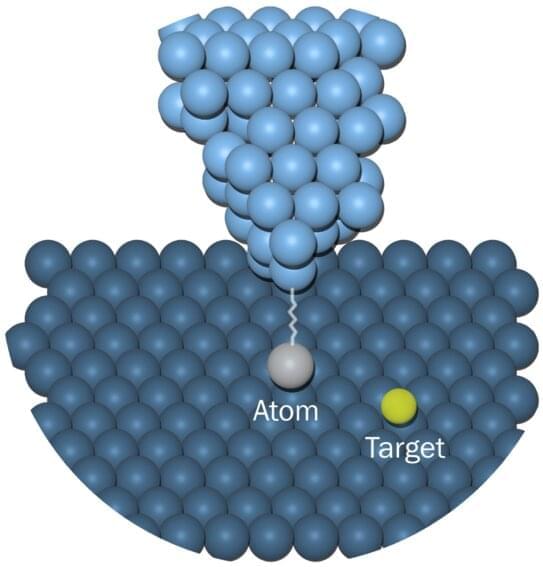Dec 8, 2022
Future of Humanity: AI & Robotics | Free Documentary
Posted by Dan Breeden in categories: education, robotics/AI
Humanity Augmented: https://youtu.be/Hc2FMNMPiNQ
Mankind has always looked for ways to reduce manual labor and repetitive tasks. To that end, and in the absence of technology, civilization exploited various me-thods, often by taking advantage of their fellow humans. Robots, as a potential solution, have long fascinated mankind, capturing our imagination for centuries. Even in Greek mythology, the god Hephaestus had « mechanical » servants. But not until recently, has artificial intelligence finally progressed to a level that will become more and more life-changing for the future of humanity.
▬▬▬▬▬▬▬▬▬
Subscribe Free Documentary Channel for free: https://bit.ly/2YJ4XzQ
Instagram: https://instagram.com/free.documentary/
Facebook: https://bit.ly/2QfRxbG
Twitter: https://bit.ly/2QlwRiI
▬▬▬▬▬▬▬▬▬
#FreeDocumentary #Documentary #Robotics.
▬▬▬▬▬▬▬▬▬
Free Documentary is dedicated to bringing high-class documentaries to you on YouTube for free. With the latest camera equipment used by well-known filmmakers working for famous production studios. You will see fascinating shots from the deep seas and up in the air, capturing great stories and pictures from everything our beautiful and interesting planet has to offer.
Continue reading “Future of Humanity: AI & Robotics | Free Documentary” »
